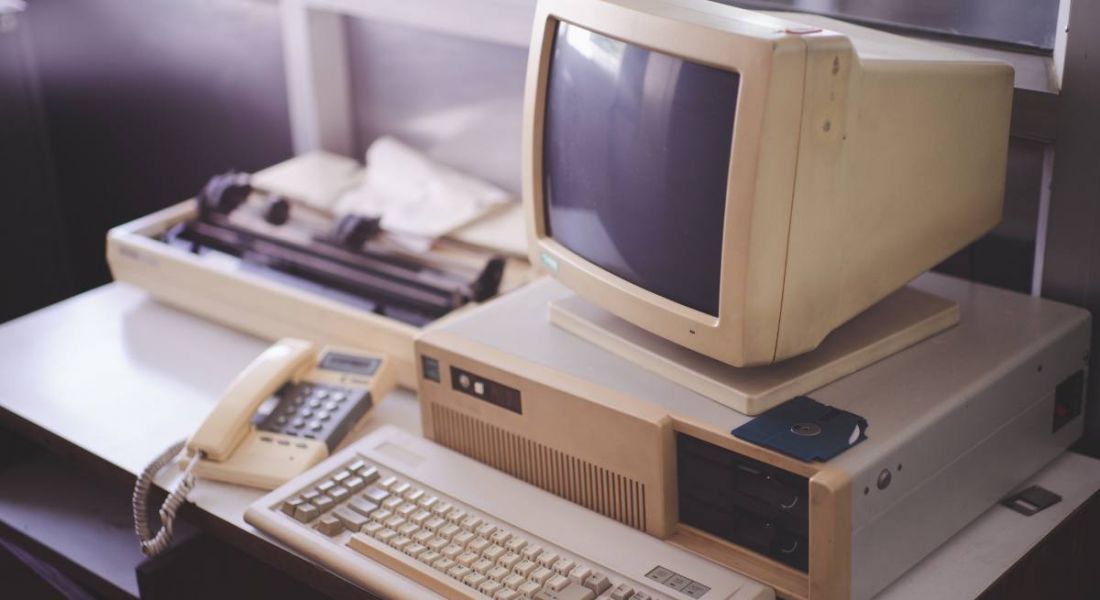The concept of the company workplace as we know it is in flux. How can we make it better and more advanced for the future?
According to a recent survey by Poly, 83pc of Irish workers don’t want to return to the office full time. More leisure time, less time spent commuting and saving money are some of the reasons workers are giving to explain their ambivalence towards nine-to-five office life.
It’s fair to say that, across all industries, workplace culture has undergone a seismic shift and employees are leaving companies if they aren’t being offered hybrid working and other options.
Many of the major Big Tech companies such as Apple, Google and Twitter are now operating on a hybrid basis, with staff being required to come into the office on certain days and work remotely on others. Even so, these businesses are reportedly losing staff due a perceived lack of flexibility in handling the return to the workplace.
While it’s tempting to conclude that execs are pushing for a return to the office whereas employees are happy to work remotely forever, it’s not as simple as that. The reality is more complicated and the so-called battle lines aren’t evenly drawn.
Whether employers and employees choose to keep the office as a part of working life is up to individual organisations and the types of worker they’re looking to attract.
What’s certain, though, is the concept of the workplace has changed utterly. For remote-first companies and even hybrid teams, Microsoft Teams chats and Slack channels are the new office, a sort of ‘digital HQ’. That’s not to say that the physical office is not important any more. It should be factored into discussions about hybrid working just as much as digitalisation is.
Striking the balance of hybrid work
“When it comes to striking the balance of hybrid work, I believe the most effective teams will be explicit in outlining which types of activities are better in person and which are better remote.”
That’s the view of Greg Liggett, customer chief of staff at the Dublin office of cloud-based collaborative work management platform Wrike. The way forward involves transparent and clear communication, to better to maximise in-person benefits in the most efficient way possible.
“Humans are social creatures and face-to-face interactions cannot be wholly replaced by digital alternatives,” Liggett added. “Business leaders need to work out what suits them and their employees regarding in-person and digital hybrid models. For example, they might choose to host quarterly off-sites for planning or set aside one day per week for in-office meetings.”
‘Technology needs to be at the core of the solution because, let’s face it, technology is also the source of the problem’
– GREG LIGGETT
For companies that do choose to lean into the idea of a digital HQ, Liggett recommends that technology be used with careful consideration.
Don’t use tech tools for the sake of it, as this can complicate hybrid working further and lead to stressed out, screen-addled employees who feel isolated. Wrike’s recent research into the damage done by what it called the “dark matter of work” suggested as much.
But, as with most hybrid work matters, it’s all about balance. Tech can be leveraged to make our lives easier at work, as our reliance on platforms like Slack and Teams show.
As Liggett put it, “Technology needs to be at the core of the solution because, let’s face it, technology is also the source of the problem.”
No doubt motivated by the increased reliance on its services thanks to the rise of hybrid working, Slack has been doing extensive research into the digital HQ phenomenon. The messaging app has become one of the platforms of choice for many hybrid workers globally, who rely on it to communicate with their in-office and remote colleagues.
Recently, Slack held a virtual event to hear from some of its users. The talk was moderated by Chris Mills, head of customer success for Slack’s EMEA division.
Auto Trader UK’s head of infrastructure and operations, Russell Warman, and the UK Department for Education’s lead developer for teacher services, Duncan Brown, both shared their thoughts on hybrid working, in-person offices and digital HQs.
Designing the offices of the future
Warman explained that Auto Trader had been working on a policy to let its staff adopt flexible work practices since before the pandemic began.
As part of this, Warman explained, the company redesigned and took on extra space for its Manchester offices, at a time when many companies are shutting their offices. The company felt the need to rethink its office layout for hybrid workers since many became so accustomed to working from home and are now acclimatised to having their own space and comfort while at work.
Auto Trader is far from the only company investing in hybrid-friendly offices to complement digital HQs. In Ireland, companies like Fidelity Investments and Diligent have been designing their offices to cater for the cohort of tech workers who want to tap into the likes of Slack as a digital HQ, but who aren’t willing to forego the comforts of a modern office either.
Despite all this investment in offices, organisations are still eager to please employees who prefer to work from home. “I don’t think there are many organisations who are seriously considering enforcing full-time back to office,” said Brown. “On the whole, the consensus seems to be that this doesn’t damage productivity, in fact, it potentially increases it … I’m also benefiting from it.”
It seems the most important thing to make the offices of the future work in tandem with the digital HQ concept is listening to employees and gathering their feedback.
“There is simply nothing more effective than listening to your people, and that is for two reasons,” said Liggett.
“First, they are your most important resource and will be honest about what they want. Second, if you make changes based on their input, they will be more inclined to make those changes work.”
He recommended that employers who want to test new hybrid working strategies cam create incentives for employees. “It can be as simple as doughnuts or a free lunch on days that you ask them to come in. It shows that you, as a leader, are empathetic to the fact that they are coming into the office, and this is a gesture to meet them halfway.”
Digital doughnut emoji reaction anyone?
10 things you need to know direct to your inbox every weekday. Sign up for the Daily Brief, Silicon Republic’s digest of essential sci-tech news.




